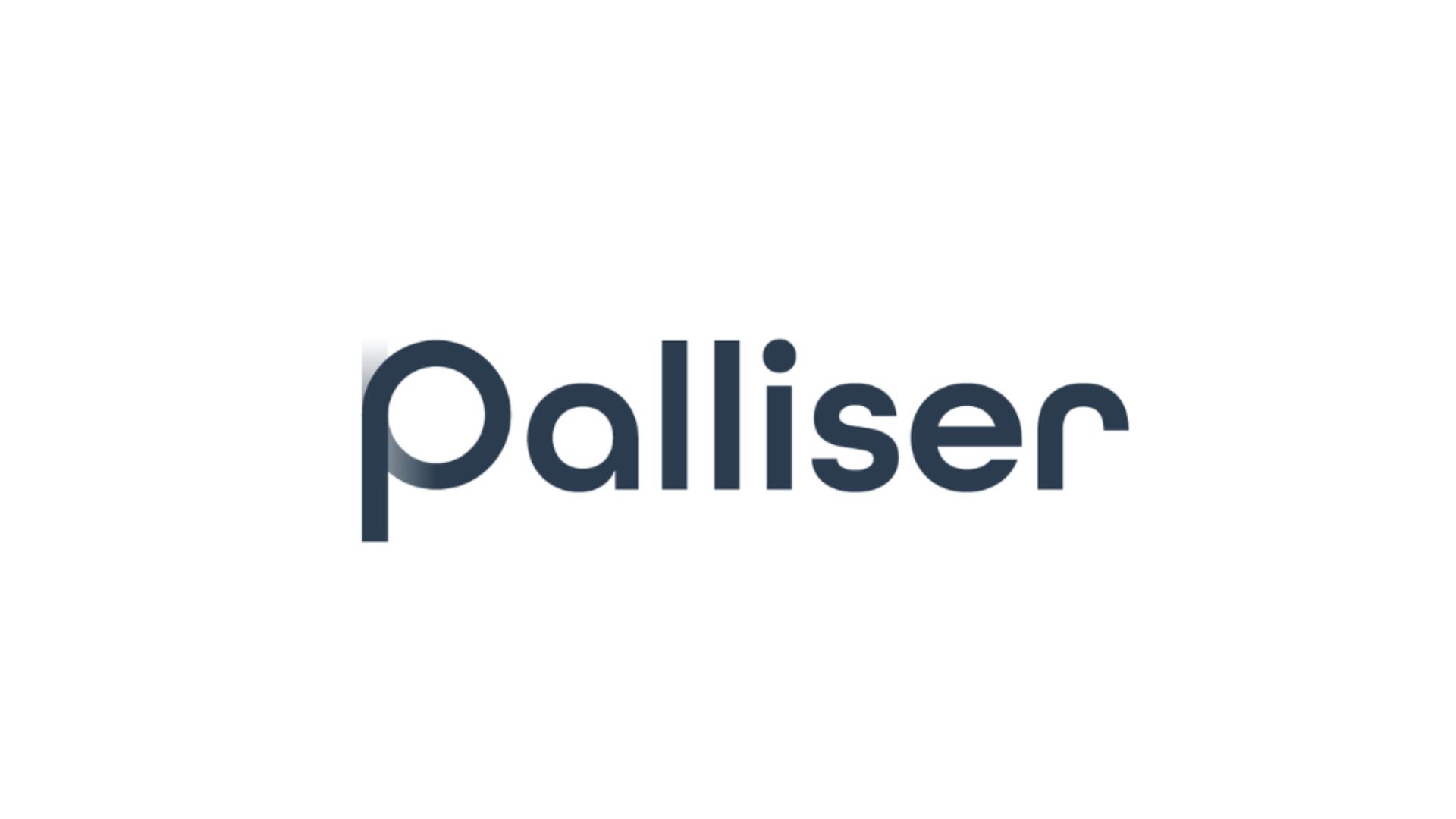
Palliser Capital Urges Reforms at Keisei Electric Railway, Citing Governance Shortcomings and Shareholder Value Concerns
Palliser Capital, a prominent investment firm and major shareholder of Keisei Electric Railway Co., Ltd. (Keisei), has issued a public letter calling for substantial governance reforms and improved capital allocation practices at the Japanese rail operator. The move reflects growing shareholder activism in Japan and places Keisei’s long-term strategic direction and board composition under intense scrutiny.
In the open letter addressed to Keisei’s board of directors, Palliser emphasized its support for the company’s foundational rail business and its critical role in Tokyo’s public transit network. However, the firm raised serious concerns about the company’s corporate governance practices, shareholder returns, and lack of strategic clarity regarding non-core assets and group governance.
Keisei’s Valuation Discount and Shareholder Returns
Despite its position as a vital transportation operator in the Tokyo metropolitan area, Keisei has underperformed significantly in comparison to peers. Palliser highlights that Keisei trades at a price-to-book ratio of just 0.7x—one of the lowest among all listed rail operators globally. While other Japanese private rail companies have seen their valuations recover in the post-COVID era, Keisei has continued to lag. Notably, it is the only such operator that has failed to reach its pre-pandemic share price levels.
This persistent underperformance, Palliser argues, is not a reflection of the value of Keisei’s underlying business, but rather the result of poor capital allocation, excessive cross-shareholdings, and a lack of effective oversight by the board.
The firm pointed to the company’s payout ratio as a key example: between FY2012 and FY2024, Keisei returned just 19% of its net income to shareholders—placing it at the bottom of the private railway sector in Japan. This conservative approach to shareholder returns, paired with a growing cash and securities balance, has resulted in what Palliser describes as a “severely inefficient capital structure.”
As of March 2024, Keisei held over ¥300 billion in cash, deposits, and securities—equal to more than 60% of its market capitalization. Palliser suggests that a more active approach to capital deployment or returns would unlock substantial shareholder value and help rectify the valuation discount.
Cross-Shareholdings and Strategic Drift
A central issue raised by Palliser is Keisei’s extensive web of cross-shareholdings, which includes stakes in 38 listed companies. While such holdings are often justified on the basis of strategic alliances, Palliser argues that many of Keisei’s investments lack clear strategic purpose and serve little to no commercial benefit.
Among these investments are holdings in companies such as The Keiyo Bank, Kandenko, and Tokyo Broadcasting System. These shareholdings, according to Palliser, tie up vast amounts of shareholder capital without providing meaningful operational synergies. The investment firm calls for a comprehensive review and divestment of these assets, with proceeds returned to shareholders or reinvested in core operations.
Concerns About Board Independence and Governance
Palliser’s critique extends beyond financial metrics and addresses what it perceives as structural governance failures. The firm contends that Keisei’s board of directors is insufficiently independent, lacking the diverse perspectives and expertise needed to oversee a complex, modern corporation.
Keisei currently has only two independent directors out of 15 board members—far below global and emerging domestic standards. Moreover, Palliser notes that none of the independent directors possess specific experience in capital markets, investor relations, or international business. This lack of relevant expertise, the firm argues, limits the board’s ability to engage effectively with shareholders and make informed decisions on capital allocation and corporate strategy.
Adding to these concerns is the ongoing dominance of Keisei’s former executives, several of whom continue to serve in advisory roles or represent the company at key subsidiaries. Palliser believes this perpetuates an insular corporate culture and discourages meaningful governance reform.
Recommendations for Reform
To address these issues, Palliser is urging Keisei’s board to take immediate action ahead of its upcoming annual general meeting (AGM). Key recommendations include:
- Strengthening the Board’s Independence: Palliser calls for the appointment of genuinely independent directors with backgrounds in capital markets, corporate finance, and global governance. These individuals should be free of ties to Keisei or its affiliated entities and capable of constructively challenging the status quo.
- Rationalizing the Balance Sheet: Palliser recommends that Keisei adopt a more efficient capital structure by reducing excess cash holdings and monetizing non-core assets. This includes both financial investments and real estate holdings that are not directly linked to the company’s core transportation business.
- Clarifying Group Governance: Palliser highlights a lack of transparency in Keisei’s broader group structure and suggests clearer reporting lines and governance practices across its subsidiaries and affiliated companies.
- Enhancing Shareholder Communication: Improved disclosure, proactive investor engagement, and a more responsive IR strategy are critical to restoring market confidence and rebuilding investor trust.
A Call to Action for Long-Term Value Creation
In concluding its letter, Palliser expressed hope that the Keisei board will engage constructively with shareholders and embrace the opportunity to modernize its corporate governance practices. The firm emphasized that its proposals are intended not as short-term fixes, but as part of a broader agenda to drive sustainable, long-term value for all stakeholders.
Palliser’s intervention reflects broader trends in Japanese corporate governance, where both domestic and foreign investors are increasingly vocal about improving board independence, capital efficiency, and shareholder alignment. With Japan’s corporate governance code undergoing continuous evolution and investor scrutiny on the rise, Keisei’s response to Palliser’s recommendations may set a precedent for how legacy companies adapt to a new era of accountability and transparency.
As the AGM approaches, all eyes will be on Keisei to see whether it will embrace reform or continue down a path that many now view as outdated and inefficient. For long-term shareholders and advocates of improved governance standards, the coming months may prove pivotal in determining the company’s future trajectory.

